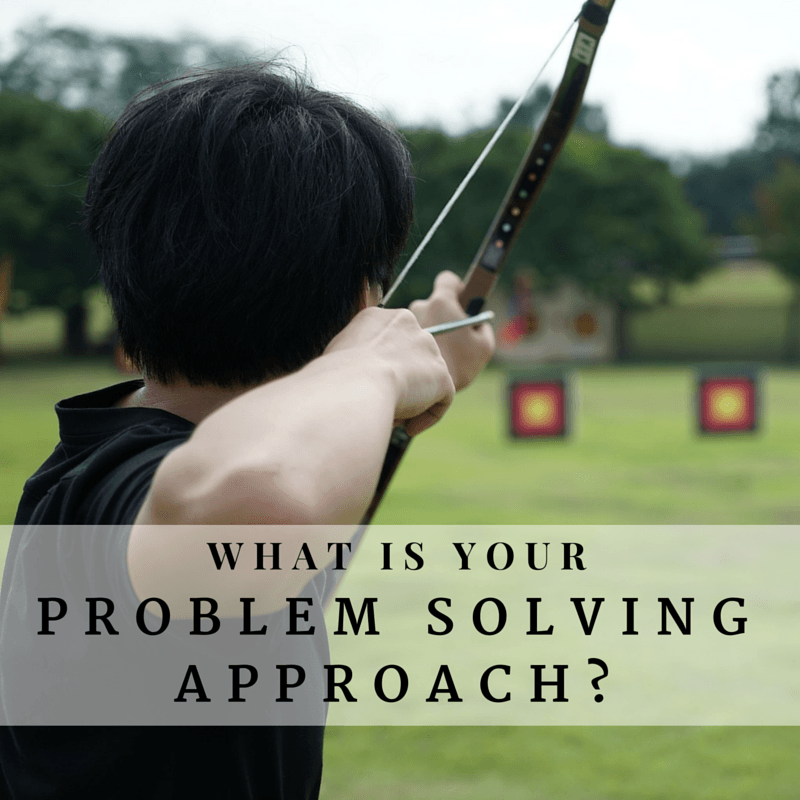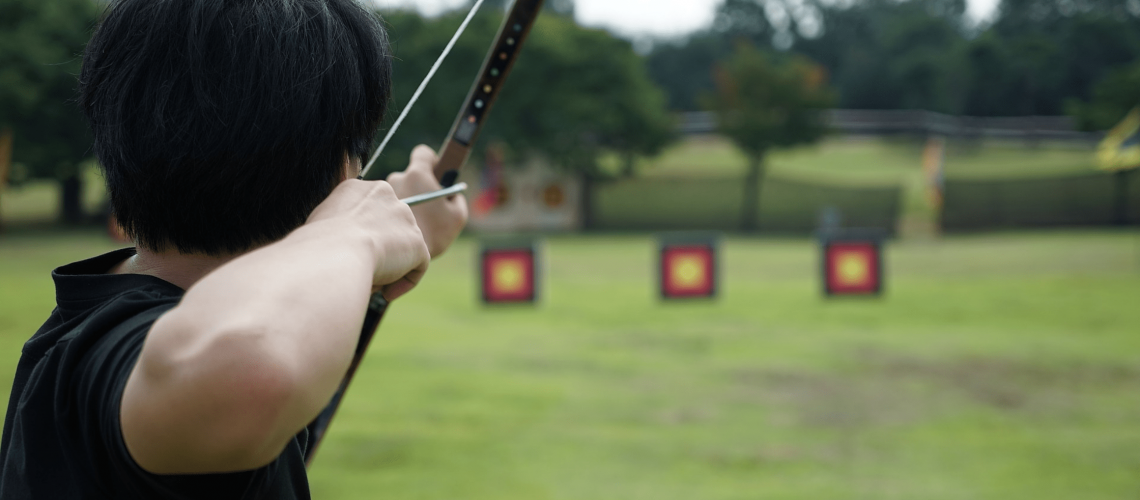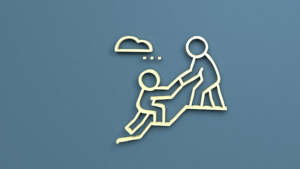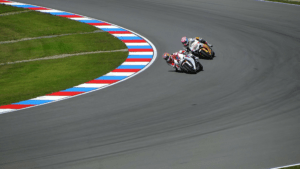
Most of what we do in a work environment involves problem solving. At its core, the best problem solving goes back to the scientific method, an approach I learned and embraced in 8th grade science class. It resonates with me to this day.
What astounds me is that more people do not seem to follow it. Several key steps – knowing the problem, understanding the environment we are operating in, and checking at the end to make sure the problem has been solved, are often bypassed for going right to the solution.
Forgetting these steps is like using a ready, fire, aim approach with a weapon. Without understanding the environment, we can shoot at the target all day long and miss. If our aim is off, or non-existent, we are unlikely to hit the mark. The result is a waste of precious time and ammunition (resources) doing it again.
Without following a consistent approach to shooting – or problem solving – any wins we have are by accident. To compete, and win, consistently, we need to:
- Find our target (what is the problem)
- Ready ourselves (consider the environment…whether its wind and distance or resources and political climate)
- Aim (understand the best approach to solve the problem)
- Fire (execute)
- Check to see if we hit the mark (confirm the problem is solved)
What is the problem?
Confirm the Target
Whether we are designing a product, process, technical solution, career change or anything else, we must first know what the problem is we are trying to solve. If we do not know the problem, we run the risk that we solve the wrong problem or do not solve the problem at all.
When it comes to shooting, if we do not know where the target is, or which one is ours, how can we hit it at any distance?
At this point, the best problem solvers – and shooters – also confirm an understanding of what success looks like. Do we have to have a bulls-eye? Are we trying to put 5 shots in the same location?
Knowing the problem is good. Knowing what successful resolution of the problem looks like is better.
What environment am I operating in?
Ready
It is easy to start solving a problem. Harder still to think about the context of the problem first. If we know the operating environment – such as politics or culture – then possible options can be filtered through an accurate lens.
It doesn’t mean not to try things that may not work, but understanding challenges that may be experienced make us more prepared to address them.
In shooting, we ignore wind to our peril. Sometimes we have to work with the environment because working against it will be futile.
What are my options and which one should I choose?
Aim
Most problems have more than one possible solution. Each has pros and cons that should be evaluated, within the context previously identified. Determine which approach to take after evaluating the possibilities and determining the one that is most likely to solve the problem.
When shooting, determine the best location to aim for based on environmental factors.
Solve the problem
Fire
Move forward and execute on the solution selected. Pull the trigger.
Confirm the solution solved the problem
Confirm the hit
No one walks away with a single shot, assuming they made it. The scope is both for aiming and for confirmation of a hit.
Did we solve the problem we started with? Did we solve all of the problem? Does the resolution look like the success we wanted at the beginning?
In shooting, the scope can confirm whether we hit the mark and got the desired result we were looking for. In life, there may not be a scope nearby, but we all can reflect on our expectations and confirm whether or not we met them.
What is your experience with problem solving and steps that may be left out? What would you recommend to others who want to problem solve consistently? Please add your feedback to the comments and keep the conversation going.








